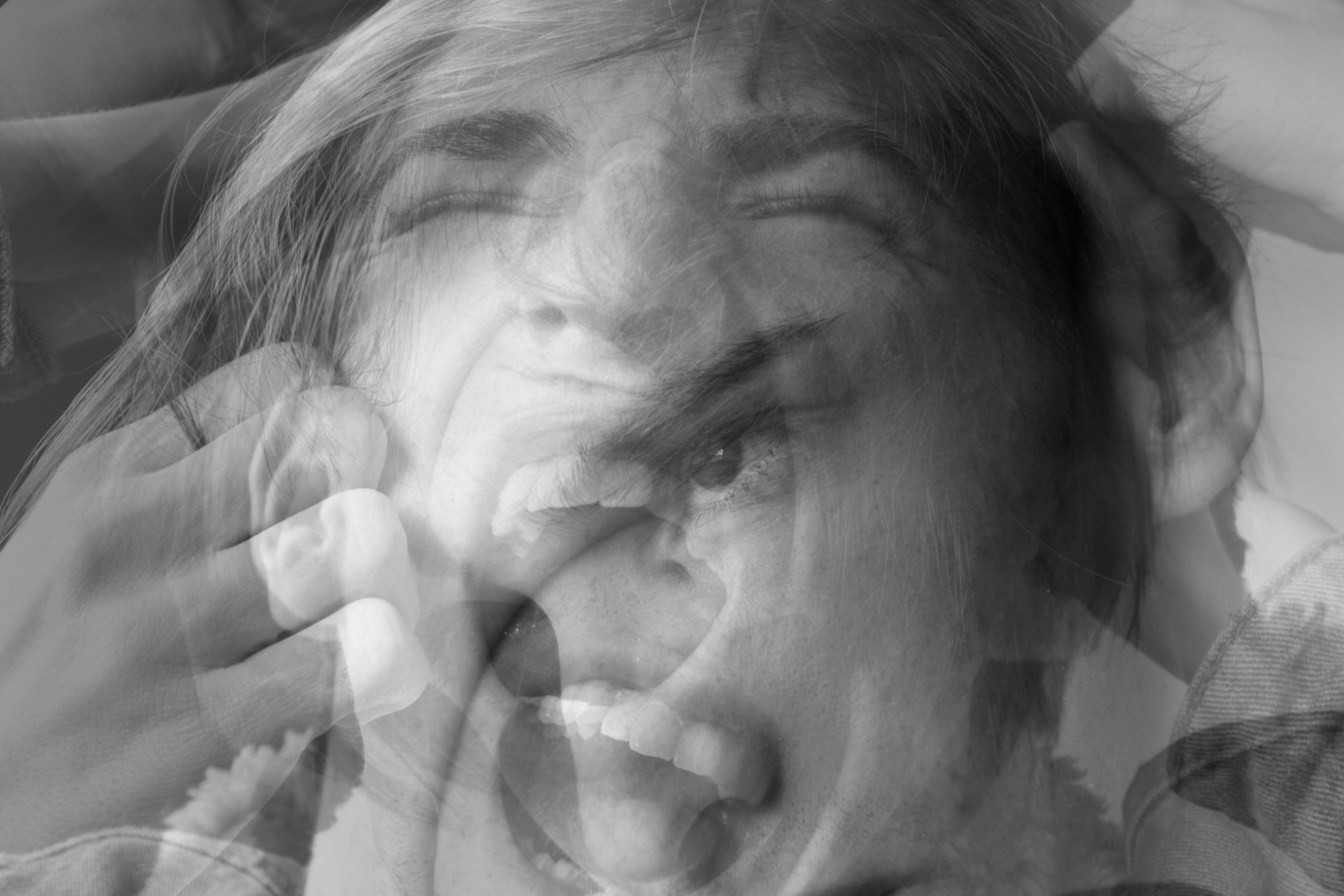
Body + Mind is reader-supported. We may earn an affiliate commission when you buy through some of the links on our site.
Megan Fox touched on the fight, flight, freeze or fawn trauma responses during her recent appearance on the Call Her Daddy podcast. Her words have prompted a much-needed conversation about how traumatic events affect women.
Megan Fox was brutally honest and surprisingly open on Call Her Daddy. On the topic of being hit by a man, she reluctantly said you “normalize” it when it happens more than once. She thought back to the first time a man struck her, admitting she “fawned” — meaning the fight, flight, freeze or fawn trauma responses.
Megan Fox confessed she “almost immediately compartmentalized it” and moved to comfort the aggressor. She said this reaction is “relatable” to women because, generally speaking, they’re trained to make men comfortable. She calls it a “survival mechanism” because you don’t know how far the situation will go if you don’t de-escalate it.
If you’re like most women, you’ve experienced fight, flight, freeze or fawn before. According to the National Center for PTSD, over 50% of women will experience at least one traumatic event in their lifetime. Plus, compared to men, they’re two to three times as likely to develop PTSD.
Basically, fight, flight, freeze or fawn translate to face, escape, hide or avoid. They’re your body’s instinctive reaction to traumatic situations. Stress activates the sympathetic nervous system, causing physical and emotional changes.
You may think the fight response involves throwing punches. While it can, it also manifests as hostility, frustration and defensiveness.
Fight looks and feels like this:

Experiencing the flight response doesn’t necessarily mean you take off sprinting. Sometimes, it’s more subtle — you might unknowingly position yourself near an exit or start walking away.
Flight looks and feels like this:
When you experience the freeze response, you can’t act — it’s like you’re frozen in place. Prey animals exhibit a similar behavior when they sense danger or spot a predator. You’re often aware of every passing moment but can’t force yourself to react.
Freeze looks and feels like this:

Fawn is a complicated attempt at conflict avoidance. It can involve soothing, nurturing or redirection. In many cases, it shares the physical symptoms of the freeze and flight responses.
Fawn looks and feels like this:
Megan Fox asserted that women are trained to make men comfortable, tying that behavior to the fight, flight, freeze or fawn responses. Even if you don’t touch on patriarchal systems, there’s still truth to her claim — many women respond to traumatic events differently than men.
Whether you go out for drinks with friends, wear a revealing outfit or find yourself walking alone at night, the underlying threat of violence is constantly present. According to the World Health Organization, roughly one in three women have experienced sexual and/or physical violence.
Research shows women experience higher rates of sexual violence and intimate partner violence than men. Since trauma literally rewires your brain — it affects the parts responsible for regulating emotion, motivation, learning and memory — they’re more likely to react to future threats differently.
If you’re like many women, you probably experience confusion, self-loathing, anger or distress as a result of your fight, flight, freeze or fawn response. The Call Her Daddy podcast touched on this, noting how people quickly shame or judge you when they find out how you reacted to a traumatic situation.

While the fight response is seen as the “right” reaction to many threats, it’s uncommon. Women are more likely to fawn because of their differences in their upbringing and brain chemistry. De-escalation is also common because conflict avoidance often means the difference between life and death — and fighting back or fleeing aren’t always viable options.
Whether you respond to trauma with fight, flight, freeze or fawn, you shouldn’t blame yourself. Despite what many outsiders might think, there’s no “right” way to respond to a threat. Besides, more often than not, de-escalation is crucial to survival — especially when you’re up against an aggressor who’s bigger, meaner or more connected than you are.
Even people who’ve experienced similar traumatic events aren’t allowed to judge you because everyone responds to threats differently. Remember, how you reacted in the moment kept you alive. Your body and your mind did what they needed to do to protect you. Once you recognize that, you can begin to take steps toward healing.